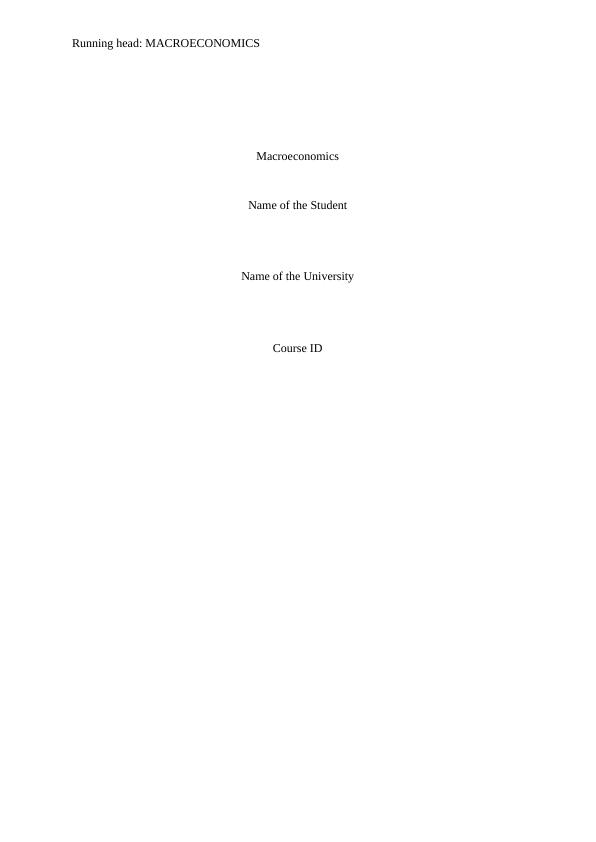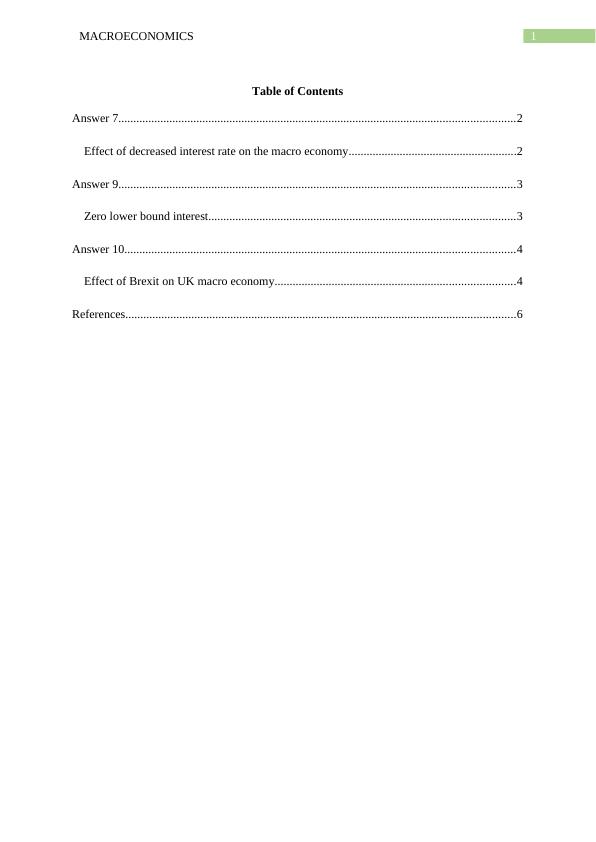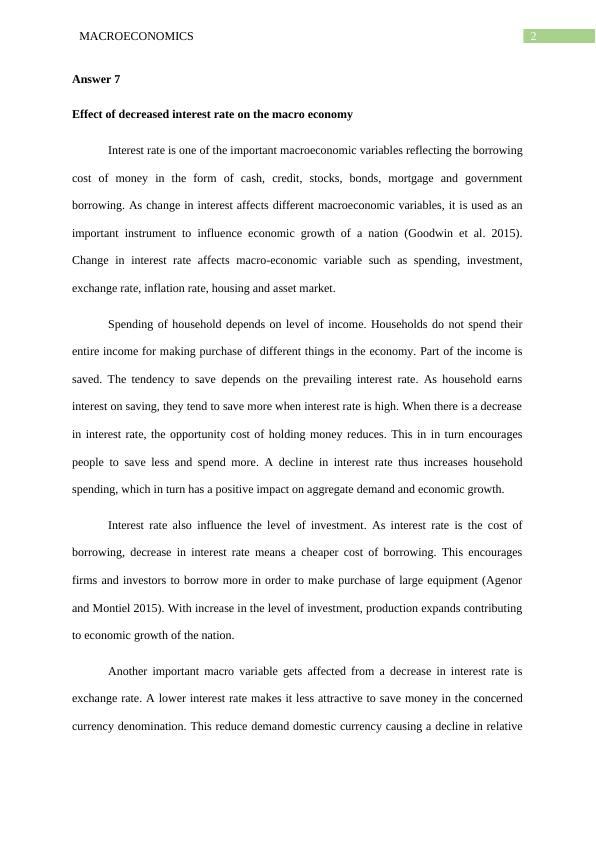Effect of Decreased Interest Rate on the Macro Economy
Exploring the New Consensus Macro Model and its implications for involuntary unemployment and market forces.
7 Pages1472 Words453 Views
Added on 2023-04-21
About This Document
This article discusses the effect of decreased interest rate on the macro economy, including its impact on spending, investment, exchange rate, and inflation rate.
Effect of Decreased Interest Rate on the Macro Economy
Exploring the New Consensus Macro Model and its implications for involuntary unemployment and market forces.
Added on 2023-04-21
ShareRelated Documents
End of preview
Want to access all the pages? Upload your documents or become a member.
Macroeconomics: Demand-Pull and Cost-Push Inflation, Keynesian-Monetarist Controversy, Impact on AD-AS, Banks and Money Creation
|11
|1471
|471
Link between weak wage growth and weak short term economic growth
|9
|1724
|257
Economic Policy and the Global Environment
|10
|2234
|467
Macroeconomics and Market Structures: A Study of UK's Monetary and Fiscal Policies
|8
|2596
|74
Macroeconomic Variables: Key Indicators, Aggregate Demand and Supply
|6
|801
|331
Fed “Pressures” on the Economy
|6
|844
|31



